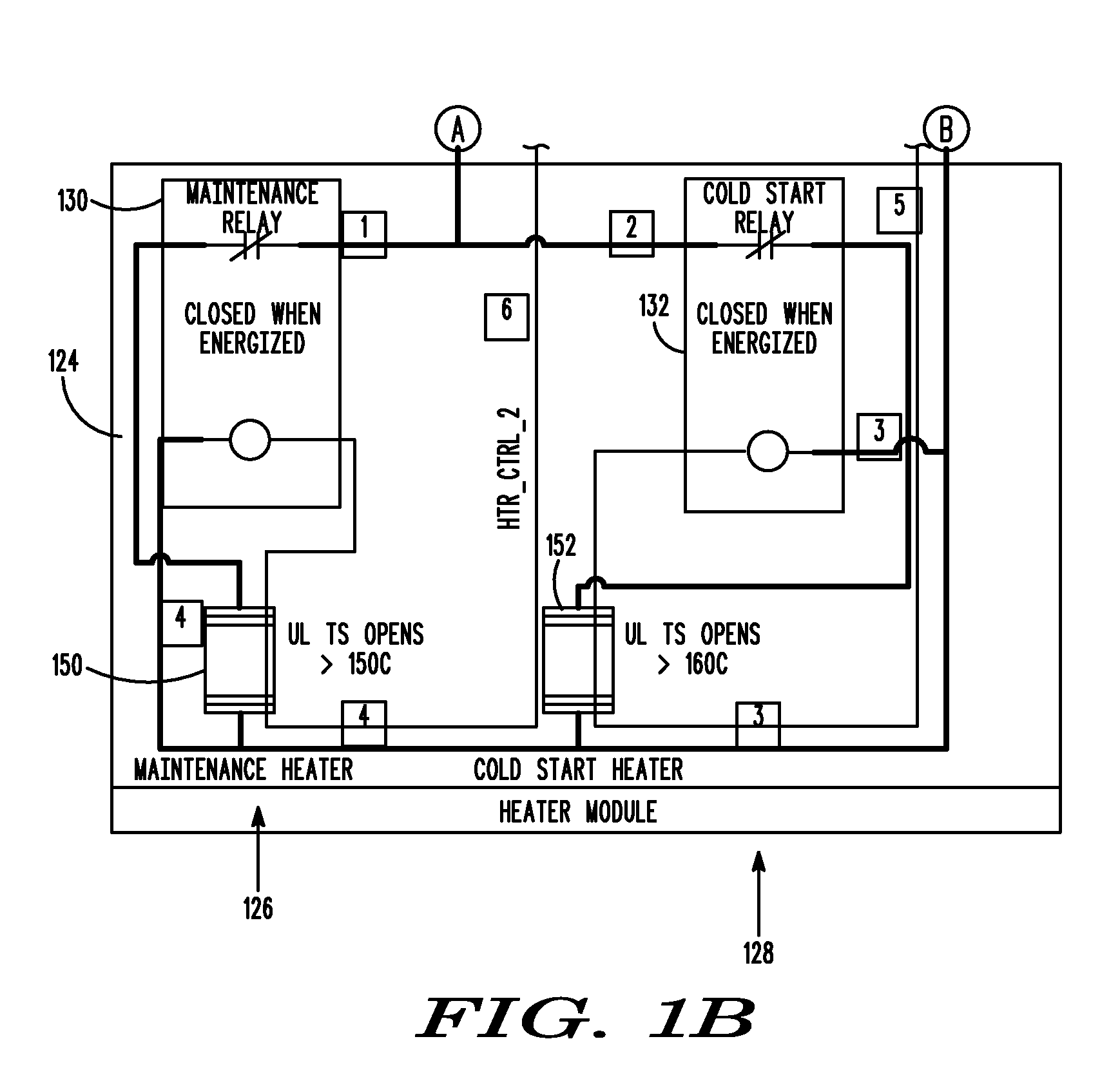System and method for environmental control of an enclosure
a technology for environmental control and enclosures, applied in ventilation systems, electrical apparatus casings/cabinets/drawers, instruments, etc., can solve problems such as difficult to maintain the proper temperature of enclosures using conventional heating and cooling components, and the failure to achieve satisfactory operating conditions within enclosures
- Summary
- Abstract
- Description
- Claims
- Application Information
AI Technical Summary
Problems solved by technology
Method used
Image
Examples
Embodiment Construction
[0019]A system and method are provided that maintain satisfactory environmental conditions within enclosures without the use of microprocessors and by using only passive, non-microprocessor-based electrical or electronic components. The approaches described herein are easy to use and result in the ability to accurately and efficiently regulate and maintain environmental conditions within enclosures.
[0020]In many of these embodiments, unheated external air is selectively drawn into an electronic component housing. The external air that is drawn into the electronic component housing is selectively heated to form heated air and the extent of the heating is based at least in part upon the temperature within the electronic component housing. Either the heated air or the unheated external air is drawn across at least one electronic component positioned within the electronic component housing. A first flow of the heated air or the unheated external air that has been drawn across the electr...
PUM
 Login to View More
Login to View More Abstract
Description
Claims
Application Information
 Login to View More
Login to View More - R&D
- Intellectual Property
- Life Sciences
- Materials
- Tech Scout
- Unparalleled Data Quality
- Higher Quality Content
- 60% Fewer Hallucinations
Browse by: Latest US Patents, China's latest patents, Technical Efficacy Thesaurus, Application Domain, Technology Topic, Popular Technical Reports.
© 2025 PatSnap. All rights reserved.Legal|Privacy policy|Modern Slavery Act Transparency Statement|Sitemap|About US| Contact US: help@patsnap.com



